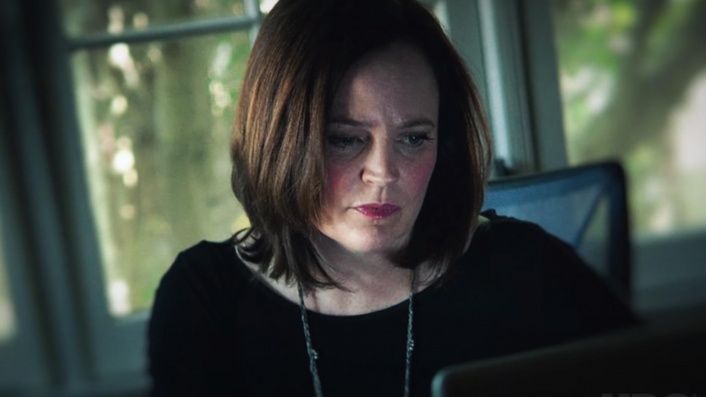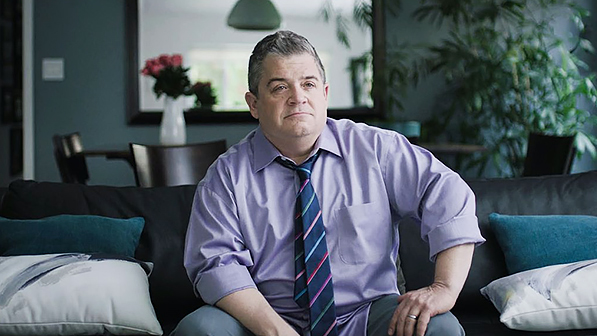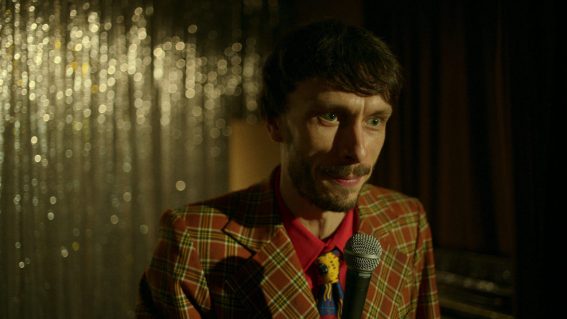I’ll Be Gone in the Dark is the true crime TV event of the year

Delving into blogger Michelle McNamara’s investigations into the Golden State Killer, I’ll Be Gone in the Dark (now streaming on Binge) is a true crime documentary series of sublime power and resonance, writes critic Travis Johnson.
Based on the book of the same title by Michelle McNamara, the six part series I’ll Be Gone in the Dark is the story of two people. One is serial rapist and murderer Joseph James DeAngelo, a former police officer who terrorized California for 13 years from 1973 to 1986. Only arrested in 2018, DeAngelo pleaded guilty to a raft of horrifying crimes only two months ago as of the time of writing.
The other is the late McNamara herself, a true crime blogger who became obsessed with the Golden State Killer, and whose writing and personal investigations were key to the case being hauled to the surface once more. McNamara did not live to see the publication of her book, which hit the shelves in 2018. The writer, who was married to comedian Patton Oswalt, passed away in 2016 at the age of 46.
This background information is key to understanding what puts I’ll Be Gone in the Dark in the upper echelon of the current flood of true crime screen content. The series acts as both a crime documentary and a eulogy for McNamara as a person, oscillating from interviews with victims and cops on the case to Oswalt (a big presence throughout the series) sharing details about his life with McNamara, interspersed with many testimonies to her intelligence, dedication, and empathy as an independent journalist.
Thus, where your average crime docu-series presents us with one intriguing absence at the centre of its story—the identity of the killer—I’ll Be Gone in the Dark gives us two. And we learn about each through the clues they leave behind: one a string of bodies and broken lives, the other loving family members and respectful colleagues. The contrast is plain.
This works to alleviate the voyeuristic, even sensationalistic tone that undercuts much of the subgenre. Indeed, McNamara, present posthumously through voice-over in her name by actor Amy Ryan, doesn’t let herself off the hook, openly questioning her own motives and fascination with the subject matter, which she refers to as her “murder habit.” However, what emerges, as we learn more about McNamara as a person, is her commitment to justice and her deep compassion for victims and survivors.

The series (available on Binge) is at times almost unbearably sad, not simply for the awful facts of DeAngelo’s decade-plus crime spree, but the tragedy of McNamara’s early death. At one point Oswalt, genially recounting his habit of impersonating gangster actor Edward G. Robinson for her, suddenly lets out a sharp yelp of sheer emotional agony as the memory steers him into grief. Then there’s the fact that McNamara, whose own detective work connected what seemed to be crimes by three separate perpetrators to reveal a horrifying reign of terror by one man, died before seeing the end result of her efforts, a bitter irony that hangs over the entire series.
Lead director Liz Garbus (Ghosts of Abu Ghraib, What Happened, Miss Simone?) and her team handle the by now familiar tropes and beats of the true crime docu-series form with admirable dexterity, but smartly keeps her own authorial voice in check to let McNamara speak, which makes a world of difference. The result is a crime story imbued with rare sensitivity, and a reminder that a genre that too often tacks towards tabloid tactics can still sometimes produce works of sublime power and resonance.














